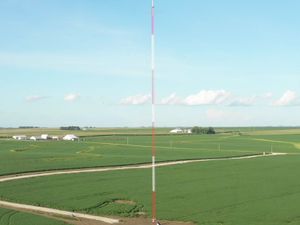Turns out the human brain isn’t as unique as we’d like to think
As far as the brain’s energy requirements go, there appears to be little difference between a human and a pen-tailed treeshrew.

We may consider ourselves the smartest mammals on the planet but it turns out the energy demands of the human brain aren’t as special as previously thought.
The human brain consumes 25% of a person’s daily energy quota, despite making up only 2% of the body weight – which led scientists to assume this ratio was unique to humans.
But a Duke University study comparing the relative brain costs of 22 species has found that, when it comes to the brain’s energy requirements, other animals – such as pen-tailed treeshrews and ring-tailed lemurs – devote as much of their body energy to their brains as we do.
The scientists measured the glucose uptake of the brains of all the mammals involved in the research.

As expected, the researchers found that the human brain demands more than twice as many calories as the chimpanzee brain, and at least three to five times more calories than the brains of squirrels, mice and rabbits.
But, taking into account brain-to-body ratios of the animals, they found ring-tailed lemurs, pen-tailed treeshrews and tiny quarter-pound pygmy marmosets – the world’s smallest monkeys – devoted similar amounts of energy to their brains as humans do.
“This shouldn’t come as too much of a surprise,” study author Doug Boyer, assistant professor of evolutionary anthropology at Duke University, said.

According to the researchers, the results suggest the ability to grow a relatively more expensive brain may have evolved millions of years before the dawn of humans.
The researchers say their findings can’t show whether “energetically expensive brains evolved first, and then predisposed some groups of animals to greater mental powers as a by-product”, or “whether pre-existing cognitive challenges favoured individuals that devoted more energy to the brain”.
The study is published in the Journal of Human Evolution.





